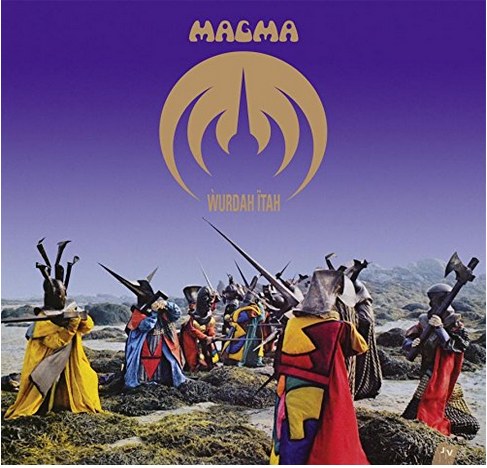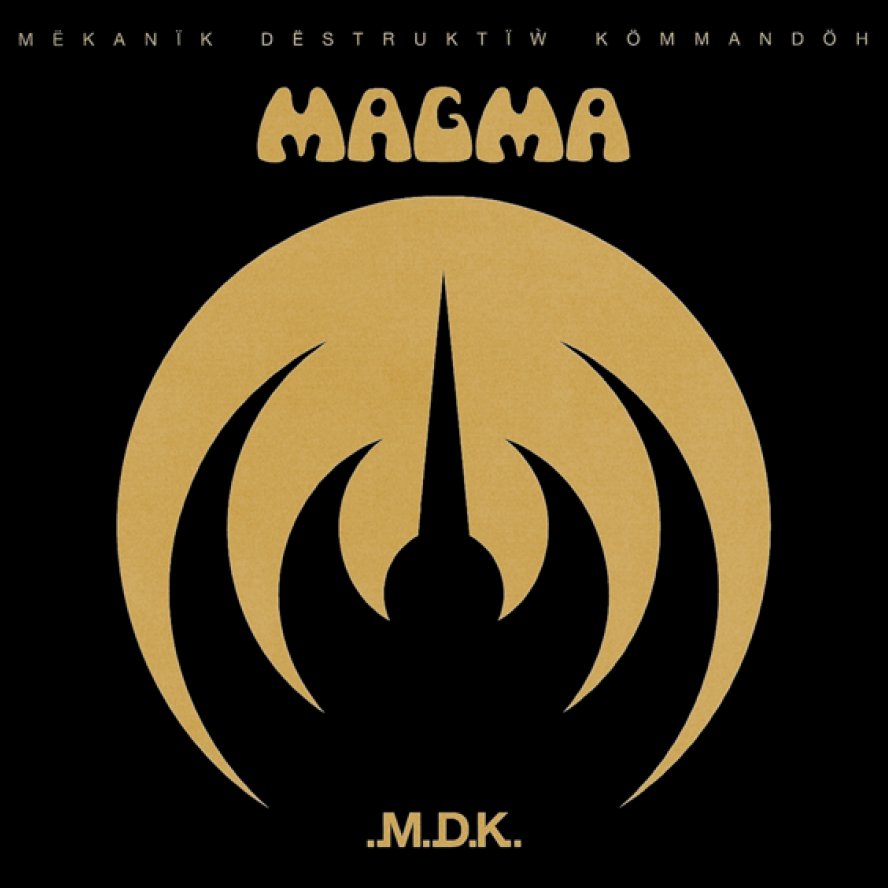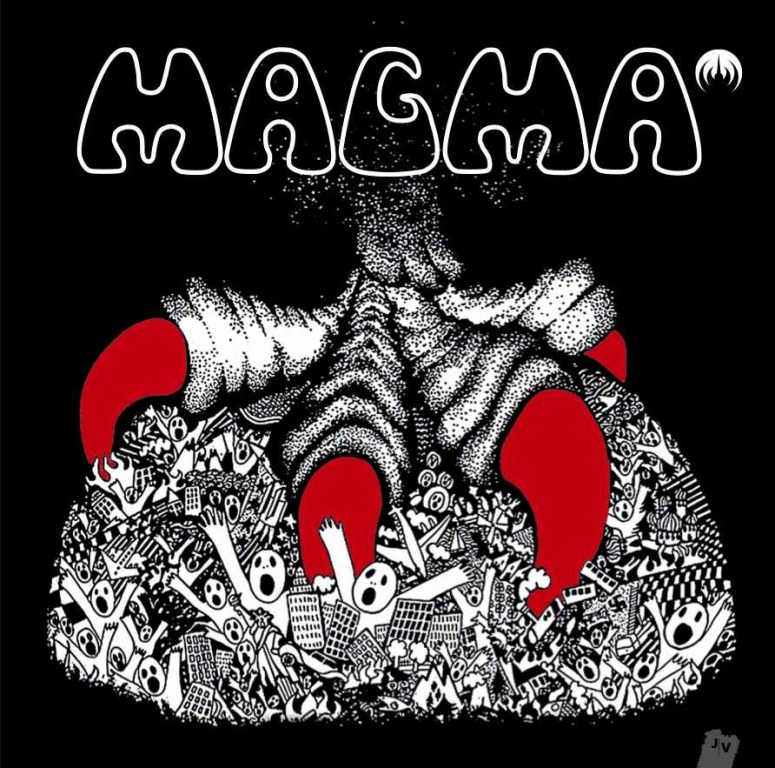
Ẁurdah Ïtah
The soundtrack for Yvan LAGRANGE’s film TRISTAN Y ISEULT, WURDAH ITAH was recorded in April 1974, just one month before the sessions which produced KOHNTARKOSZ. It forms the second movement of THEUSZ HAMTAAHK, an epic work in three movements of which MEKANIK DESTRUKTIW KOMMANDOH, recorded a year earlier by MAGMA, forms the final part. Performed by the core players in MAGMA at that time – Christian VANDER (piano, drums, vocals), Jannick TOP (bass), Klaus BLASQUIZ (vocals, percussion) and Stella VANDER (vocals) – WURDAH ITAH is music stripped down to its bare essence. Although a total contrast to the splendour and orchestral power of M.D.K., it nevertheless has just as great rhythmic power and surprising vocal lyricism, unquestionably marked by the claws of MAGMA.


